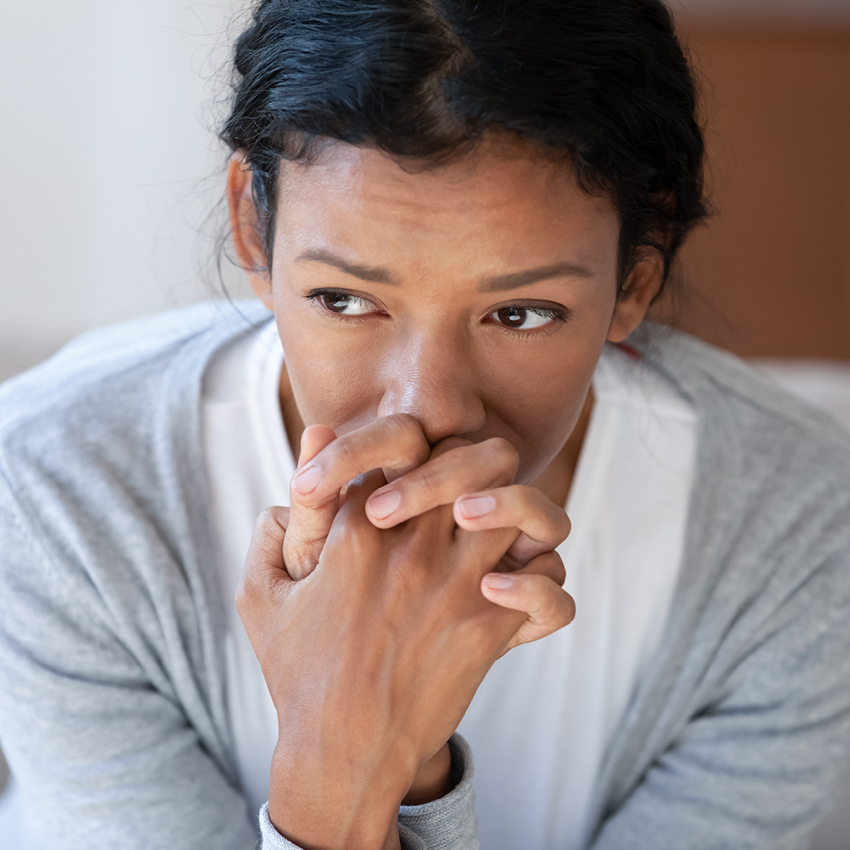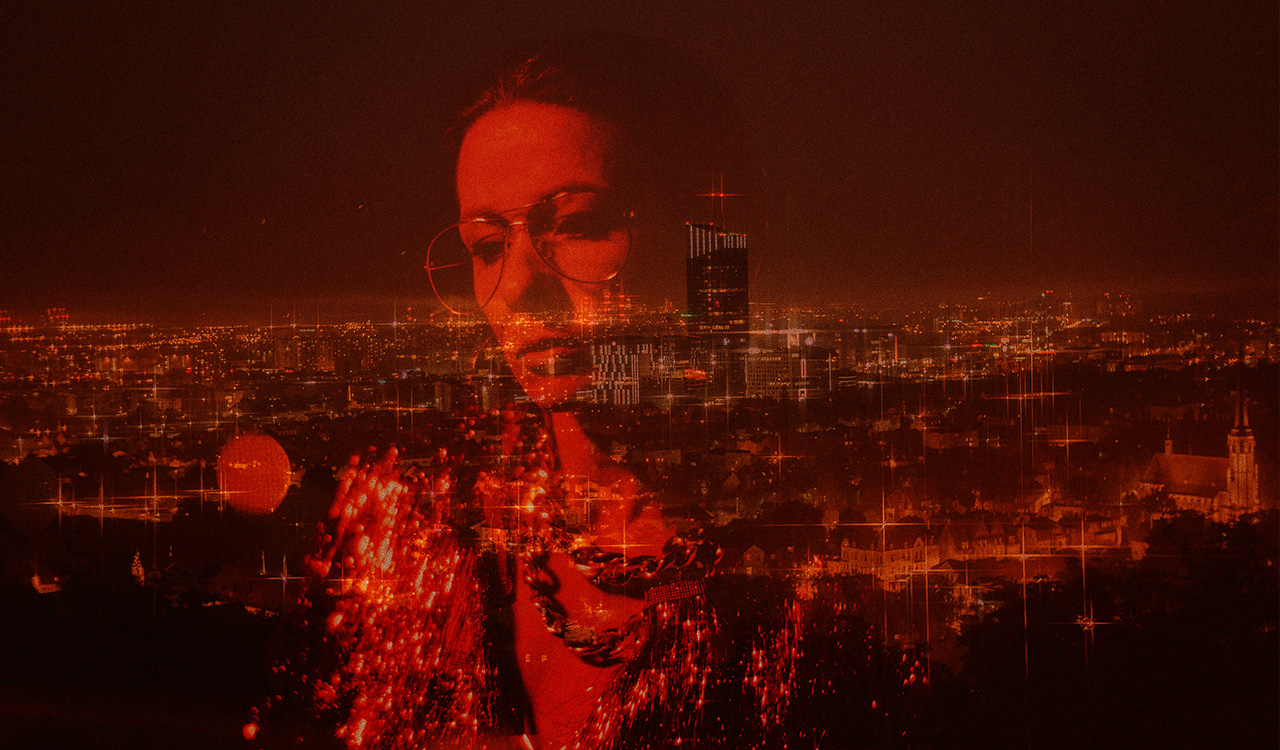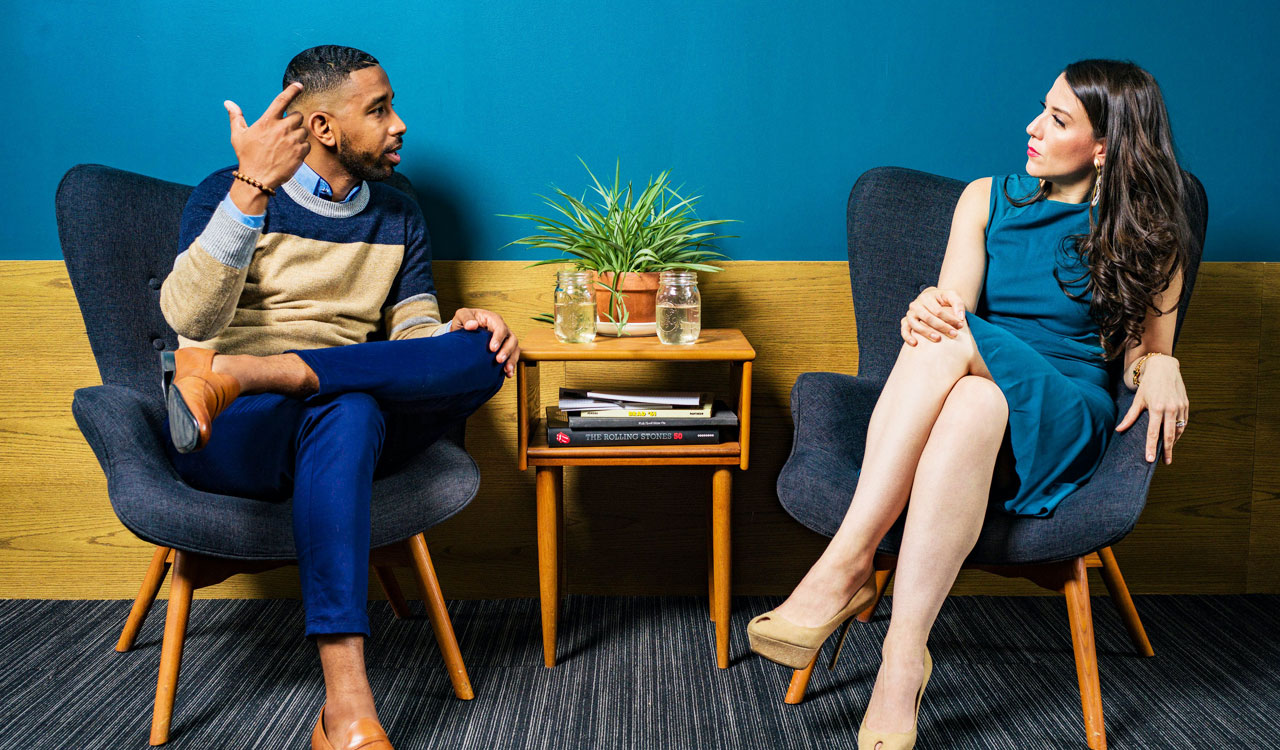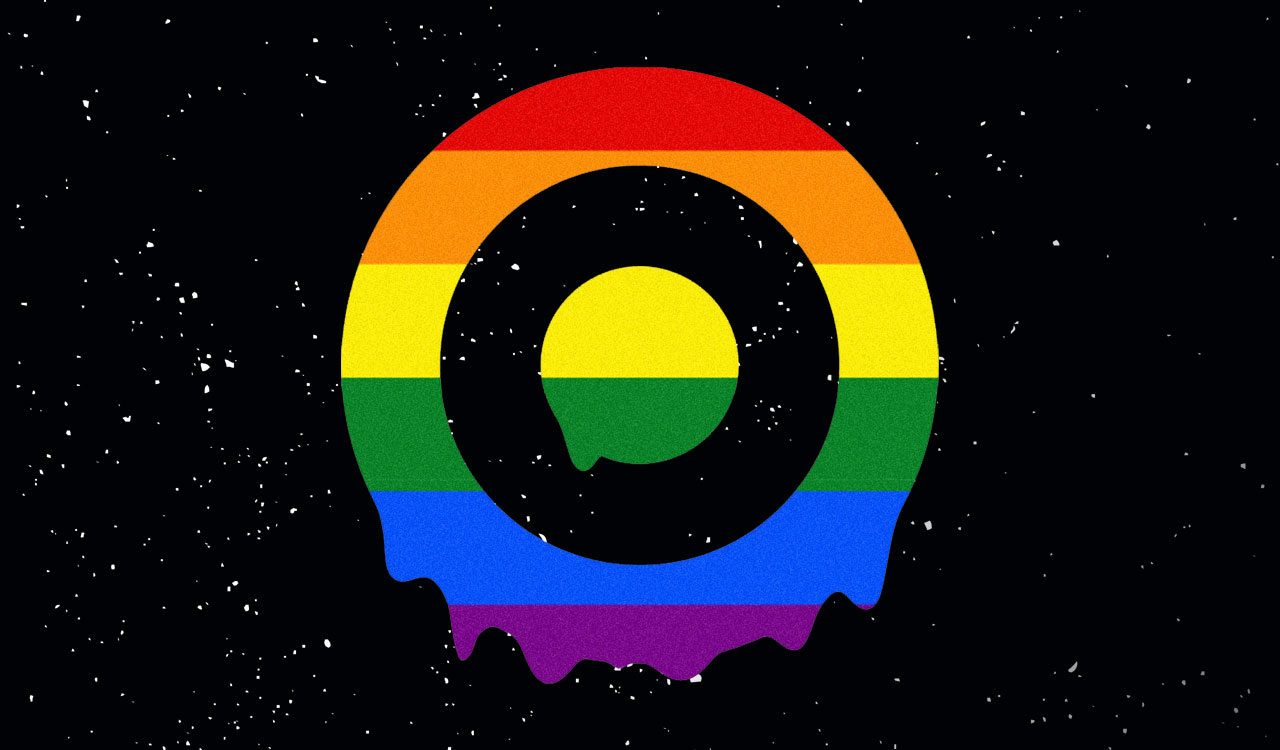Conventional wisdom insists the world as we’ve come to know it this past year balances precariously on a polarizing precipice: economic instability vs. the stock market’s irrational exuberance. Remember what happened to irrational exuberance? Consumer behavior today straddles a tipping point. To be clear, marketers are balancing the same divide. Poised on this teeter-totter, the key question looms: wither brands that understand and serve The New Consumer?
Fairytale Moments
Today’s reading of reality reminds us of the ballet version of The Sleeping Beauty. Silent except for rat-a-tat-tat of toe shoes on floorboards. Recall the scene: Overgrown vines clog the forest primeval, signaling a century of castle-bound slumber. The hunting horn sounds. The prince arrives with his entourage. The world will revive. Yes, it takes a bit of slogging through the story before the simple kiss of a prince and princess rouses us to a world that has been born from the ashes of one which no longer exists.
[callout]Our research indicates that The New Consumer mindset is fraught with conflict. There may be a thirst to return to the old normal, but it is a nostalgic cocktail tempered by the sharp intoxication of new modes of living. [/callout]
In our case, the kiss embraces either that magical moment when malls, brands, restaurants, political leadership, health, education, spiritual life, trust in the justice system and community revive — or heralds the decline and fall of our consumer economy and, perhaps, democracy as we know it. The prince and princess of this metaphor are brand marketers (the former) and American consumers (the latter). The awakening is to a reality so transformed as to be the stuff of which folkloric legend is forged.
In order to imagine the year of living post-Covid, we conducted research with five consumer segments to identify their best guesses as to what they will awaken to. The segments include: the one percenters, the merely affluent, the juggling middle class, the minimum wage strugglers, and those clinging to the wreckage of their former lives.
The People Speak
What we found through our 1000-participant survey and 98-person in-depth regression interviews augers neither a happy ending nor even a thrilling pas de deux. We found three common threads woven throughout the fabric of participants’ lives: anger, lack of trust in institutions and fear.
- The anger is an incandescent fury burning more worryingly for its multiple flashpoints. It may result from being assaulted in a store for wearing or not wearing a mask; feeling trapped working and teaching children from home; being afraid of going to a job requiring close proximity to others; being unappreciated by colleagues; losing a friend or relative who seems to become just another statistic “like a casualty count from the Vietnam War,” as several respondents put it; being unable to eat out or see friends; conflicting guidance from government and media; and seeing people in other cities and states disregard the suffering or take it “too seriously.”
- We also found an erosion of trust so profound as to be destabilizing, as if we see multiple bonfires are burning but we don’t trust the fire department enough to call it. What this may mean for brands and business is a version of the 60s game show, Who Do You Trust? Respondents said, “Who can we trust? What does it mean in 2021 to trust?” While lack of trust is pervasive, the causes are as varied as the sources of anger. “Can we trust the president (old or new)? The election results? The medical community? The statistics? Social media? Any media? The government, AKA the deep state? The police?”
Essentially, respondents ask, “can we, will we, trust each other?” This last issue was especially acute because of the way Covid can be asymptomatically transmitted, but goes beyond the pandemic.
Facing Fear
Our research reveals that fear invades our personal safe spaces, too. The vast majority of The New Consumers we interviewed firmly believe some new, fresh hell will come their way, whether it is civil unrest; more, new viruses; foreign incursions via biological attack; or an economic downturn to rival the Great Depression. The precise source of pessimism shifts by consumer segment, but the expectation of further imminent horror pervades all participants, whatever their positions on the political or socioeconomic scale.
There is also a form of fear which goes beyond the pandemic; it is a fear of each other, which mirrors an overall lack of trust and reticence to share opinions until individuals know they’re among like-minded believers with similar opinions. For this work we found it takes a radical form of coaxing to surface real concerns, assuring respondents that the interviewer has no point-of-view that might judge or even categorize them. We found, “Polarization ‘R’ Us.”
Rerouting History
When Pearl Harbor was attacked on December 7, 1941, it brought us together as perhaps never before. Whether we enlisted, rationed gasoline and steak, planted victory gardens or went to work in manufacturing plants, we were united against a common, shared enemy. When the country came through it four years later, it was an authentic moment of shared victory.
That does not seem to be the case this time. We are not united by the agony of a shared ordeal. We have forged our individual pathways, some toeing the mask-wearing and social distancing line — others refusing. Each of us imagines we are getting through it all right, unless we are awakened by the brutal reality of dying loved ones or our own trip to the ICU. Our research reveals that although we may come through the experience as “pod” people, safe in our own hibernation, we will emerge angry, mistrustful and afraid.
Conscious Consumerism
In addition to fear, anger and mistrust, what else did we find? Multiple redefinitions of consumer engagement. Our prediction: Mindless, discretionary buying has left the mall.
Conscious consumerism has become a new foundational premise: Do I really need this? The preponderance of respondents from each segment are newly conscious that they don’t need the frisson that acquisition once provided to survive. “I just don’t need it” has become the rallying cry, though the “it” in question varies from vintage wines to imported, unsalted butter. How long conspicuous consumption lasts among those wealthy enough to continue the practice (but are currently embarrassed by it) is anyone’s guess.
We have become minimalists by a change in circumstances. Those essential product categories which land on the “need” side of the equation may benefit temporarily from the weekly urgency of The New Consumer’s perception of necessity. It should be noted, however, there are consumers eager to forget brands and behaviors which were essential during the “dark times” in an effort to shake off the memory of endless disinfecting, toilet paper hoarding and home cooking.
Luxury at Risk
The lust for luxe is more problematic. Luxury is at risk with an increasing number of consumers who don’t covet luxury wristwatches, red-soled heels and Birken bags. These brands ignite a flashpoint polarizing the level of income inequality between the haves and the have-nots. This is not a new phenomenon, but the pandemic has made the chasm even more dramatic.
The New Consumer
What new behaviors did our research reveal? Some intuitive basics, confirming the obvious. The New Consumer is shifting the marketplace:
- We cannot and will not go back to the malls because they have closed or been so hollowed out they emit no siren call to tempt us.
- Our shopping patterns have been radically altered, shedding khakis, polo shirts, suits, shirts and shoes in favor of leggings, t-shirts and sneakers — 24/7. One interviewee explains, “jeans are too formal for the way we live now.”
- Preparing (and assembling) food at home has evolved from daunting to a necessary evil to habitual and — even to a ritual.
- We will find a pathway back to movies and restaurants, but it will be lethargic, one step forward, one step back, both because of our own hesitancy and the erosion of options, as these local footprints have contracted radically.
- We will carry forward based on a Covid-caused dual realignment: A profound reliance on the efficiency of online ordering of everything; and a newfound respect for the lowly savings account.
- Price is not the only variable that matters convenience is.
A Nation of Anxiety
Our research indicates that The New Consumer mindset is fraught with conflict. There may be a thirst to return to the old normal, but it is a nostalgic cocktail tempered by the sharp intoxication of new modes of living. Many of us have become efficient, productive islands, working from home; teaching from home; ordering from home; zooming from home — all the while awaiting the next crisis. Others of us venture out by necessity, not choice, to work on assembly lines, in grocery and convenience stores, in schools and public transit, and most heroic of all, in healthcare. But The New Consumer feels alone, isolated, and adrift.
Regaining Trust
Respondents confirm that we are social entities and share hope: We want to see, hug and smile at our friends and family again. To say “cheers!” and mean it. We hope for an end to this abyss. But we are also angry, disappointed and solitary survivors of our very own annus horribilis.
Thus, as market researchers we ask, what happens to consumption in a consumer society when the consumer is furious, suspicious and afraid? The dictionary says “trustworthy” means “able to be relied on as honest or truthful.” Procter & Gamble famously taught generations of marketers that the key to successful brand growth is “to create demonstrably superior products to respond to consumer need and then to market them supremely well.”
Right now, our research says the over-arching need of The New Consumer is trust. It won’t come through profound polarization of brands; we need to de-politicize our marketing and positioning. Ironically, it may come from a healthy dose of deep sleep. Sleeping Beauty doesn’t awaken to recriminations, allegations and accusations, but rather to the promise of a fresh new world.
Serving The New Consumer
Based on our research, the implication for brands is to accept The New Consumer where they are and where they have been; don’t express a tone-deaf Pollyannish vision of a shared new reality. To gain trust, you have to be trustworthy. The New Consumer judges brands based on performance, delivered. Excellence instills confidence. Giving consumers the promise of trust helps build a collective purpose in how we move forward, regardless of any baggage we carry.
Let’s see who steps up.




